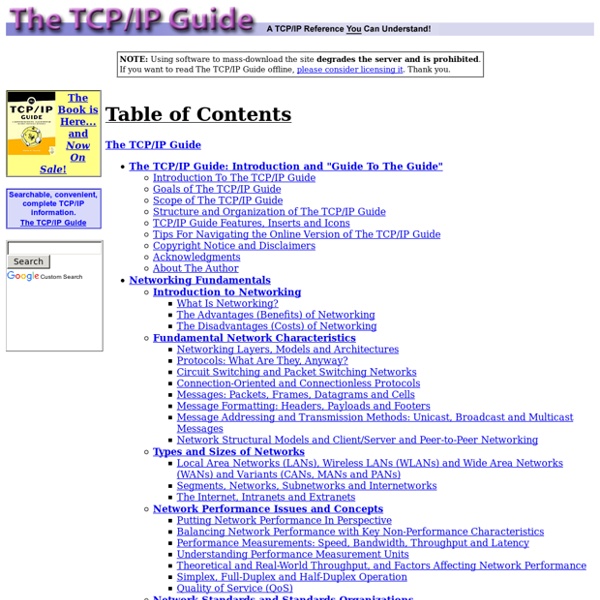



Editors Choice Notifications See all notifications All categories Marvin King Sveta Yaroshuk pollography Joan Le Jan Ryan Longnecker Stanislav Istratov Sebastian Tontsch Miguel Serra Elke Vogelsang John7 Jaime Penzellna Michael Underwood C/ marhraoui Ana Santl Babak Fatholahi Bob Cargin Photography David Uzochukwu Jesse Herzog Gyo Terauchi Max Gor Nicholas Ray raquel chicheri Geoffrey Greslin Visoot Uthairam Vincent DHETINE Foo J. Marsel van Oosten Derek Burdeny Andre Perry Kaiwan Abdulrahman Ale Di Gangi Simon Migaj Arnaud Moro 19.tides DGReps 马谦 Radius Images Chris Schmid Lamelle Albert Dros Made Devy Deria Justin Adam Lee Monologist Matt Jacobs Franz Weber Dyln Engls Amina Gingold Finished | Back to top Scroll to top
RFC 20 - ASCII format for network interchange [Docs] [txt|pdf] [Tracker] [Errata] INTERNET STANDARD Errata Exist Network Working Group Vint Cerf Request for Comments: 20 UCLA October 16, 1969 For concreteness, we suggest the use of standard 7-bit ASCII embedded in an 8 bit byte whose high order bit is always 0. This leads to the standard code given on the attached page, copies from USAS X3, 4- 1968. This code will be used over HOST-HOST primary connections. 1. This coded character set is to be used for the general interchange of information among information processing systems, communication systems, and associated equipment. RFC 20 ASCII format for Network Interchange October 1969 2. RFC 20 ASCII format for Network Interchange October 1969 3. RFC 20 ASCII format for Network Interchange October 1969 4. 4.1 Control Characters RFC 20 ASCII format for Network Interchange October 1969 4.2 Graphic Characters Column/Row Symbol Name 2/0 SP Space (Normally Non-Printing) 2/1 ! RFC 20 ASCII format for Network Interchange October 1969 5. 6.
Emoji Symbols often used as emotional cues in text The "Grinning Face" emoji, from the Twemoji set Originating on Japanese mobile phones in 1997, emoji became increasingly popular worldwide in the 2010s after being added to several mobile operating systems.[5][6][7] They are now considered to be a large part of popular culture in the West and around the world.[8][9] In 2015, Oxford Dictionaries named the Face with Tears of Joy emoji (😂) the word of the year.[10][11] History Evolution from emoticons (1990s) Wingdings icons, including smiling and frowning faces Kurita's emoji were brightly colored, albeit with a single color per glyph. Development of emoji sets (2000–2007) The basic 12-by-12-pixel emoji in Japan grew in popularity across various platforms over the next decade. Smiley faces from DOS code page 437 The Smiley Company developed The Smiley Dictionary, which was launched in 2001. Beginnings of Unicode emoji (2008–2014) UTS #51 and modern emoji (2015–present) Cultural influence Color support
All TLDs Greek Gods List • Names of the Greek Gods A Complete List of Greek Gods, Their Names & Their Realms of Influence There have been many Greek gods mentioned across thousands of stories in Greek mythology – from the Olympian gods all the way down to the many minor gods. The gods, much like the Greek goddesses of history, have very exaggerated personalities and they are plagued with personal flaws and negative emotions despite they immortality and superhero-like powers. This page is a list of the names of Greek gods in ancient mythology and their roles. It will be continually updated with additions, corrections and more information on each of the gods. Achelous The patron god of the “silver-swirling” Achelous River. Aeolus Greek god of the winds and air Aether Primordial god of the upper air, light, the atmosphere, space and heaven. Alastor God of family feuds and avenger of evil deeds. Apollo Olympian god of music, poetry, art, oracles, archery, plague, medicine, sun, light and knowledge. Ares God of war. Aristaeus Asclepius Atlas Attis Boreas Cerus
Netzwerk Cytosol - Howling Pixel Das Cytosol ist in Eukaryoten von einem Netzwerk von fadenförmigen Strukturen (Filamenten) wie Aktinfilamenten, Intermediärfilamenten oder Mikrotubuli durchzogen, die in ihrer Gesamtheit das Zellskelett (Cytoskelett) bilden. Bei Prokaryoten liegt die DNA frei im Cytosol vor, da diese keine Kompartimentierung aufweisen. Aufgrund der dichten Ansammlung von Makromolekülen in der cytosolischen wässrigen Salzlösung spricht man beim Cytosol eher von einem Gel als von einer eigentlichen Lösung. ↑ K. Luby-Phelps: Cytoarchitecture and physical properties of cytoplasm: volume, viscosity, diffusion, intracellular surface area. 1,2-Diacyl-sn-glycerine [auch einfach Diacylglycerine (DAG)] sind natürlich vorkommende chemische Verbindungen des Glycerins mit sn-Konfiguration, und zwar dessen Fettsäure-Ester mit den Fettsäuren Capronsäure, Ölsäure, Palmitinsäure, Arachidonsäure oder Stearinsäure. 1,2-Diacyglycerine werden häufig in Second-Messenger-Systemen verwendet. Cytoplasma Dimethylallylpyrophosphat
Plancksches Wirkungsquantum Das Plancksche Wirkungsquantum, oder die Planck-Konstante , ist das Verhältnis von Energie ( ) und Frequenz ( ) eines Photons, entsprechend der Formel . Die Entdeckung des Wirkungsquantums durch Max Planck in den Jahren 1899[1] und 1900[2][3] begründete die Quantenphysik. Definition[Bearbeiten | Quelltext bearbeiten] Das Plancksche Wirkungsquantum ist für jedes physikalische System, das harmonisch schwingen kann, das stets gleiche Verhältnis des kleinstmöglichen Energieumsatzes zur Schwingungsfrequenz. das Verhältnis seines gesamten Energieinhalts zur Frequenz seiner quantenmechanischen Phase ist. Einige allgemeingültige Folgen[Bearbeiten | Quelltext bearbeiten] Werte von h und ħ[Bearbeiten | Quelltext bearbeiten] Der Wert von beträgt[7][8] wobei die eingeklammerten Zahlen die geschätzte Unsicherheit (1 Standardunsicherheit) für den Mittelwert angeben und sich auf die beiden letzten angegebenen Dezimalziffern beziehen. wird, da die Einheit des Wirkungsquantums Weil Frequenzen oft als Kreisfrequenz
Tutorials | HTML5Tutorial HTML5Tutorial CSS3 ermöglicht es, ohne Zuhilfenahme von JavaScript sogenannte Keyframe-Animationen zu erstellen. Bei dieser Technik bestimmt man Anhang von einigen wenigen Schlüsselbildern einen groben Ablauf einer Animation, die restlichen Zwischenbilder werden dann automatisch generiert und über eine vorgegebene Zeit eingespielt. Keyframe-Animationen sind u.a. aus Adobes Flash bekannt, bei dem die Keyframes in einer Zeitleiste festgelegt werden können. Der Vorteil liegt klar auf der Hand: Man braucht nicht die komplette Szene durchzuanimieren, es genügt, die wichtigsten Eckpunkte in Form von Schlüsselbildern festzulegen. Nahezu jede CSS-Eigenschaft kann somit animiert werden. Klar, die Keyframe-Animationen von CSS3 sind lange nicht so flüssig und ausgereift wie die von Flash oder solche, die mit JavaScript realisiert werden können. zum Artikel Kurzes Tutorial für CSS3 Keyframe-Animationen